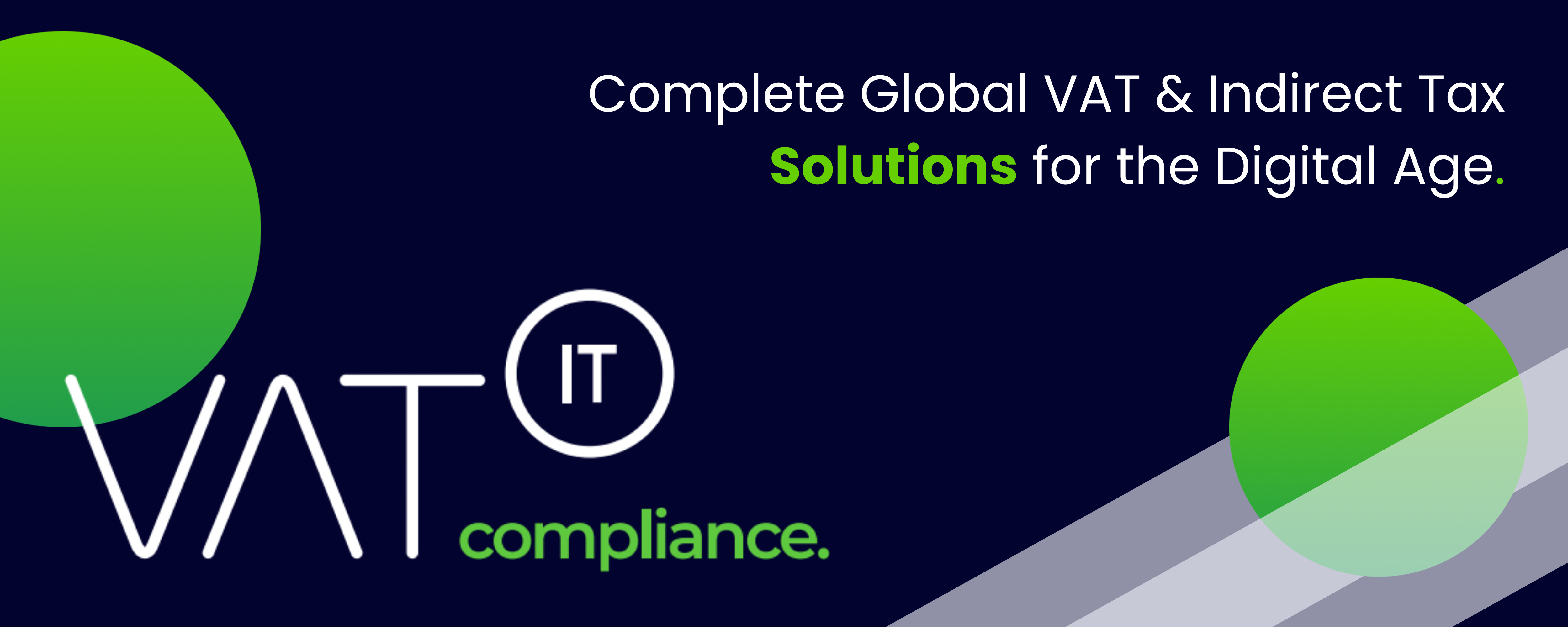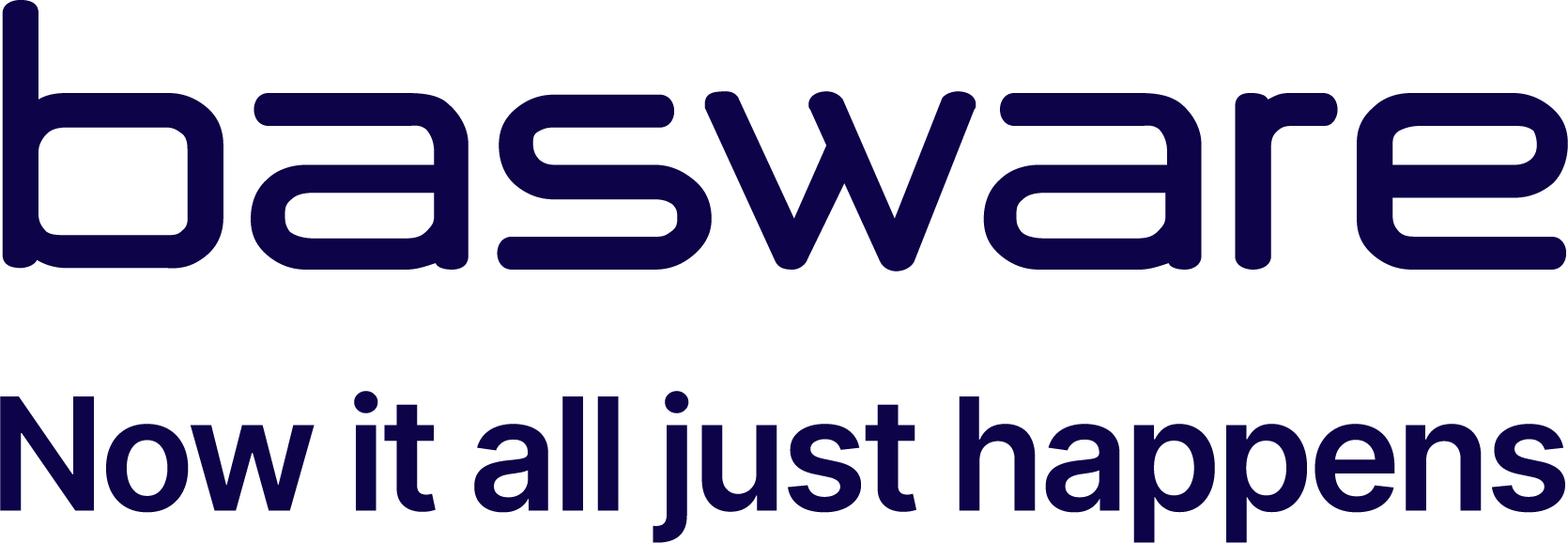- E-invoicing is not the same as digital invoicing, and many tax professionals are not clear on the differences.
- E-invoicing enables a more automated exchange of invoice data between supplier and buyer, without manual intervention.
- The primary regulatory objective of e-invoicing requirements is for tax jurisdictions to gain immediate access to tax-relevant data on the invoices, increasing efficiency, ensuring compliance accuracy, and reducing tax fraud.
- Companies and their tax groups should familiarize themselves with e-invoicing rules and requirements, as compliance represents a strategic business priority.
Source Vertex
Click on the logo to visit the website
Join the Linkedin Group on Global E-Invoicing/E-Reporting/SAF-T Developments, click HERE
Latest Posts in "World"
- What Is a VAT Invoice and Why Is It Important?
- VAT Technology Transformation: Digital Compliance Strategies for 2025 and Beyond
- VAT Considerations in Toll Manufacturing: Classification of Supplies
- VATupdate Newsletter Week 41 2025
- ecosio Webinar – Getting Started with Peppol: What You Need to Know (Dec 4)















